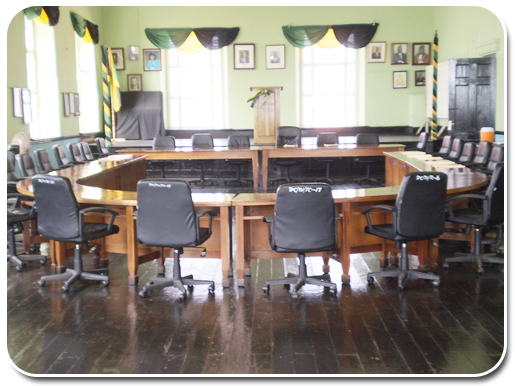History of Trelawny

Trelawny was named after Sir William Trelawny, a former Governor of the colony who died in Jamaica in 1772. It has an area of approximately 338 1/4 square miles and has been ranked among the smallest of the parishes in terms of population. The parish of Trelawny was created in 1774 by a division of the parish of St. James. Its capital was first located at Martha Brea, an inland town, which bore the name as the Martha Brea River. This site and the access to the sea, proved to be inadequate. The capital was later moved to Falmouth, which was meticulously planned from the start, with adequate water supply, wide streets in a regular grid and public buildings.
In 1896, the biggest and most magnificent market in the island was constructed in Falmouth. It revives today in a spontaneous and dynamic manner, every Wednesday. One of the outstanding events in the town is the weekly regional market, which draws people and goods from as far as Kingston.
Falmouth once had a dominant place in the sugar industry. The decline of the sugar industry however resulted in the closure of the port in the early 1970’s. Agriculture is the number one economic activity with yam and sugar. As a coastal town it attracts many tourists and has a strong potential for heritage and eco-tourism as a parish.
